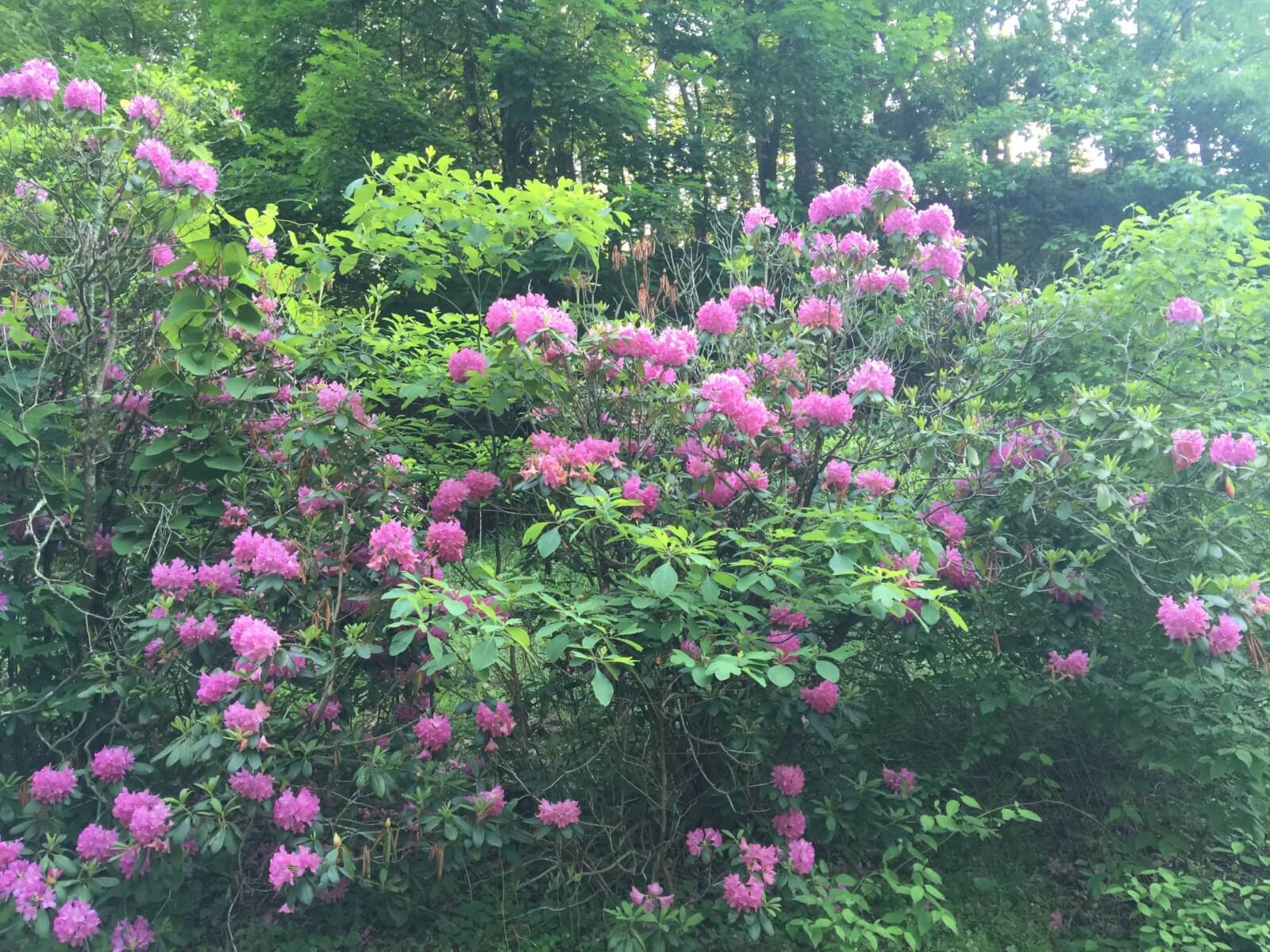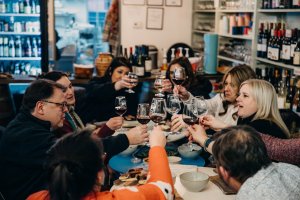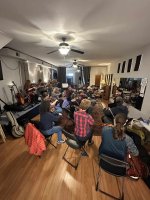
Summer Begins! How to See Virginia’s Flora and Fauna
June 20 marked the first day of summer, and Staunton is bursting with life! The longer days and warmer weather mean that plants are blooming and animals are out and about. Whether you’re hiking in Shenandoah National Park or strolling down a local country road, there’s no better time to appreciate the natural beauty of Virginia. Here’s a guide to some of the fascinating native flora and fauna you might encounter along the way.
Flora
Did you know that as you walk around town checking out what’s blooming in people’s flower gardens, you are probably seeing a mix of native and non-native species? Native species are the ones that have developed naturally in a region along with other flora and fauna, while non-native (or exotic) species originated somewhere else. It’s important to preserve native species because they support our pollinators and do not damage fragile ecosystems where birds, mammals, and insects have co-evolved. Sometimes non-native species can become problematic invasive species when they outcompete the natives. Here’s a list of Virginia Invasive Plant Species to avoid.
Probably the best place to see Virginia native plants is in Shenandoah National Park. The park claims “over 1,400 species of vascular plants, including trees, shrubs, vines, wildflowers, and grasses.” Sharp-eyed visitors can spot over 800 types of wildflowers. Not sure what to look for? Here’s a calendar of what’s in bloom at various times between March and October. Additionally, the park spreads over a 3,500-foot elevation range. Though it makes for some tough hikes, it provides ideal growing conditions for a wider variety of plant life than if the ground was flat.
Other Places to Peep at Plants
- The George Washington and Jefferson National Forest stretches over 1.8 million acres in Virginia, West Virginia, and Kentucky. 325 miles of the Appalachian Train run through it, along with thousands of miles of other trails. The range of ecological zones are home to extensive animal and plant species, including 50 endanged plant species.
- The Edith J. Carrier Arboretum (Harrisonburg) “preserves native species, provides opportunities for research, and promotes knowledge of the botanical and natural world.” 3.5 miles of trails explore various ecosystems on the 125 acres. Visitors can also purchase native plants for their own gardens.
- The 15-acre arboretum at Boxerwood Nature Center and Woodland Garden (Lexington) includes both “native and unusual plant specimens” as well as garden art, event space for live music, and interactive areas for kids.
- Stuck in the car for a while? You can still see plenty of native plants, thanks to the Virginia Department of Transportation’s Pollinator Habitat Program, which, since 2014, has “created naturalized areas of native plants along state-maintained roads and properties that provide habitats to threatened and dwindling pollinator species.”
Where to find native species for your home gardens
The Virginia Native Plant Society lists the following businesses on their Nursery List
- Farfields Farm (Afton) is “a diversified research and educational farm committed to nurturing our bioregion.”
- The Natural Garden (Harrisonburg) is an ecological landscape designer that works with native plants.
- Hummingbird Hill Native Plant Nursery (Charlottesville) is “dedicated to recovering local ecosystems by strengthening native plant populations.”
- Thomas Jefferson Center for Historic Plants (Charlottesville) “collects, preserves, and distributes historic and native plant varieties and strives to promote greater appreciation for the origins and evolution of garden plants.”
Fauna
Our area of Virginia is home to more than 50 species of mammal, ranging from ubiquitous gray squirrels and white-tailed deer to the more elusive black bears and bobcats. Once again, SNP and the national forests are wonderful places to look for animals because they provide a variety of habitats, and animals have more room to range and don’t bump up against people while competing for territory. Here’s a list of all the wildlife you can find in the area.
For more guided animal excursions, start at Augusta Springs Wetlands and Waynesboro’s South River Greenway. Both offer universally accessible views of water habitats and provide signage telling visitors the history of the area and what kinds of life they might spot. Birders will love Staunton’s Montgomery Hall Park and nearby country roads like Bells and Sangers Lanes, local hotspots for the high variety of species that can be seen.
- It’s firefly season! To see these creatures, head outside between dusk and midnight and let your eyes adjust to the dark. Fireflies enjoy humid weather and pesticide-free natural areas, especially open areas that back up to woods or thickets.
- The Augusta Bird Club has been bringing budding (and established) ornithologists together since 1966. Check out their site for bird walks, field trips, and events with invited speakers.
- Bat Conservation & Rescue of Virginia works to preserve the native bat population in Virginia. Visit their website to learn about live and virtual programming.
- Wildlife Center of Virginia uses state-of-the-art veterinary treatment to rehabilitate and return injured native animals to the wild. Learn more with virtual programming including lectures and hospital cameras as well as a schedule of public appearances by educators and animal ambassadors. Occasionally, the center opens for onsite tours.
- If you look carefully as you hike through along the Blue Ridge Tunnel Trail, you might notice some subterranean species like bats, salamanders, crayfish, and frogs.
We hope you’re feeling inspired to head out and enjoy natural areas near Staunton and their burgeoning populations of native flora and fauna!
Newsletter Sign-up
Stay up to date on the latest and greatest happening in Staunton.


